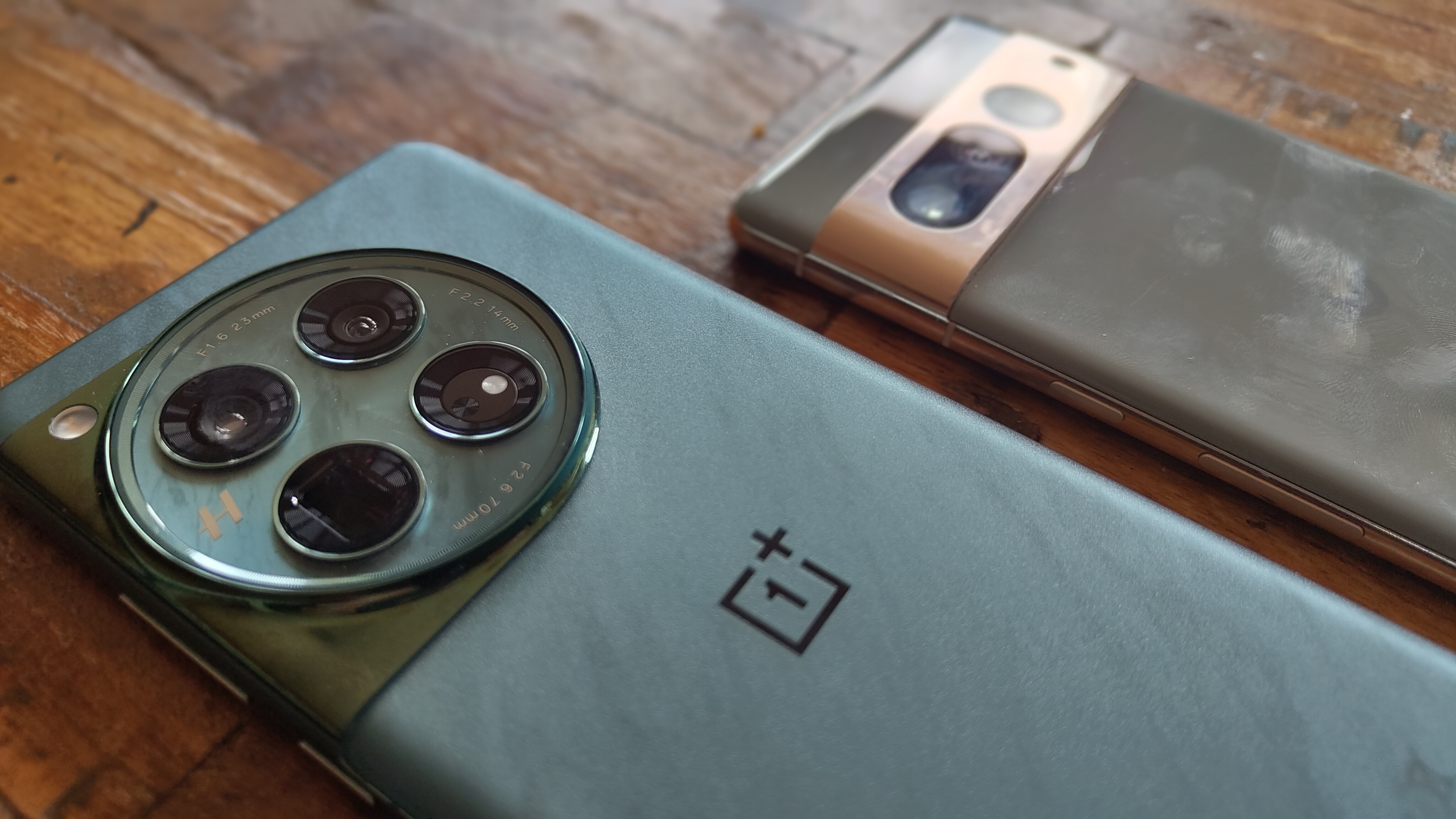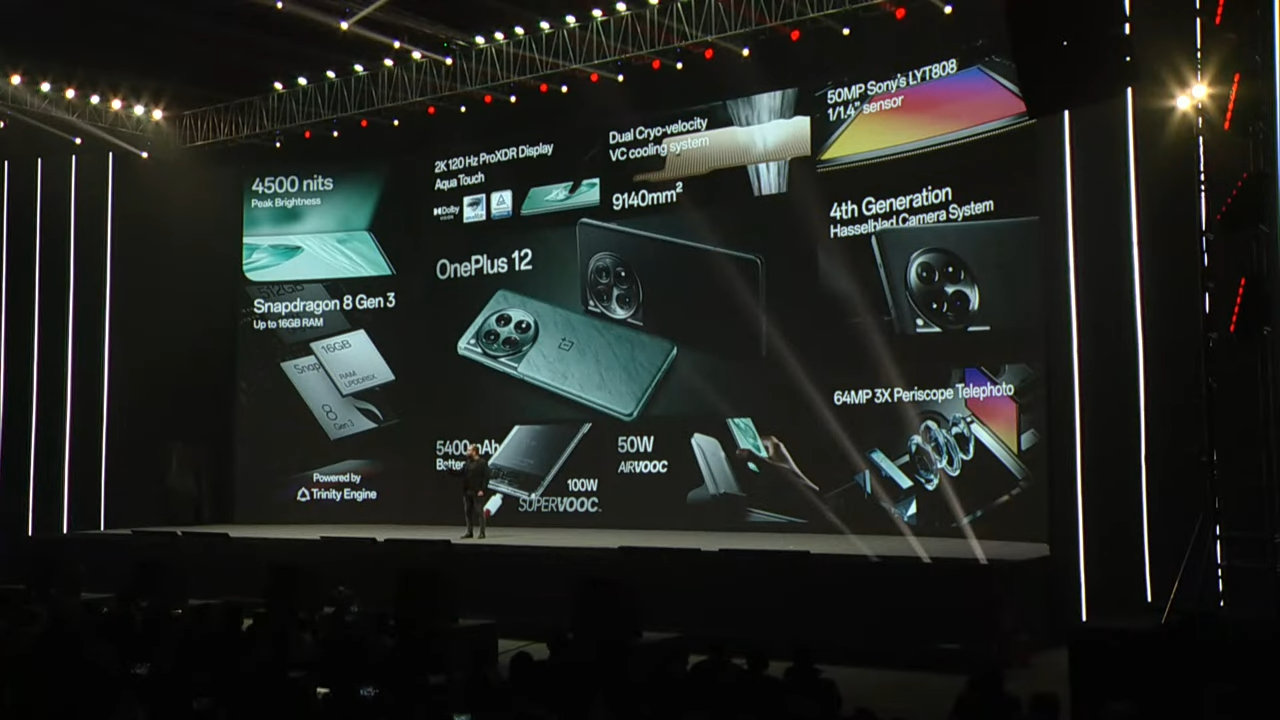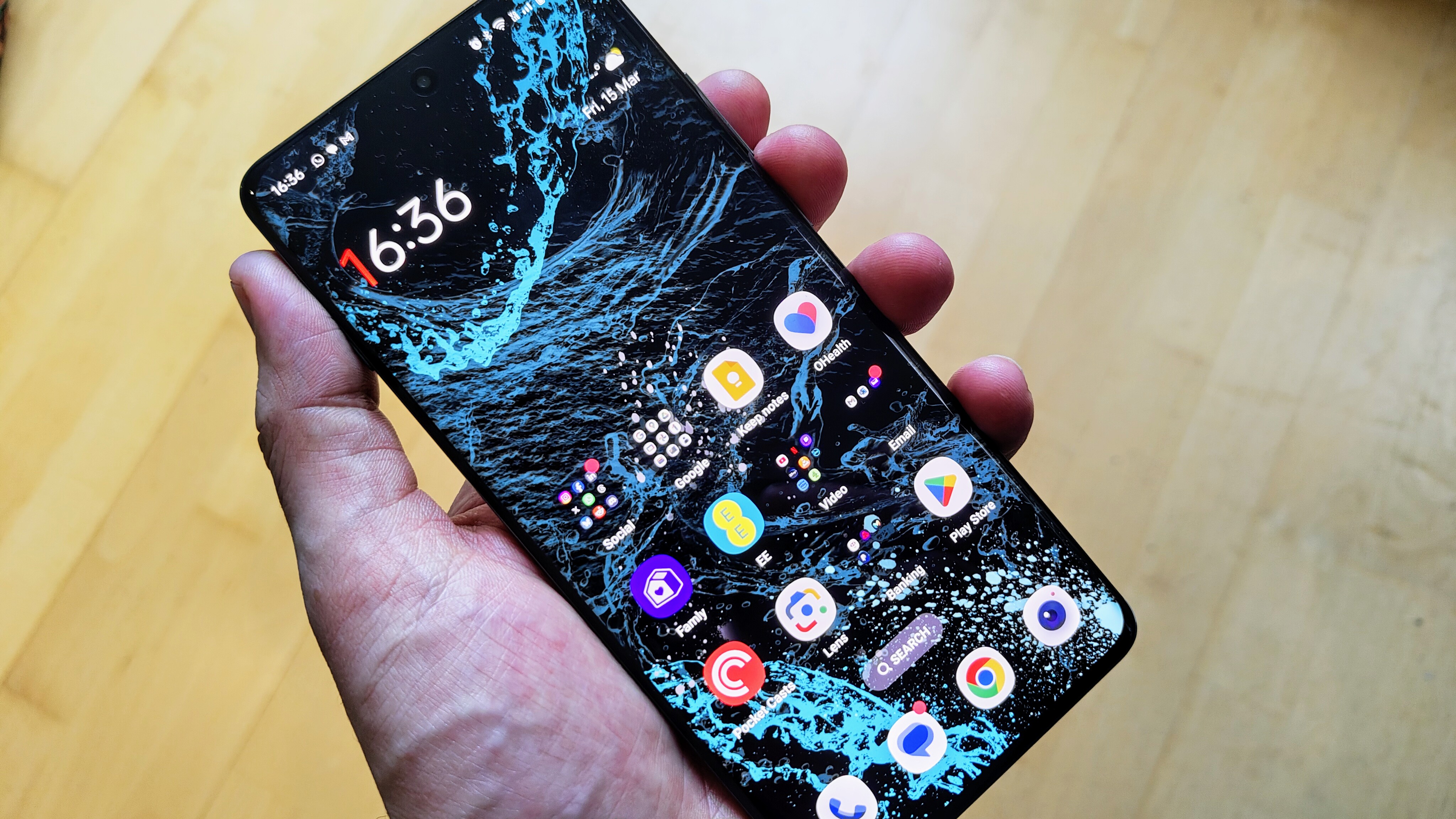
As a tech journalist, I’m lucky to have access to many of the latest and greatest devices, so why did I ditch a perfectly functional Pixel 7 Pro review sample, supplied by Google and spend $899.99 / £900 (around AU$1,745) of my own money on the new OnePlus 12?
I loved the Pixel for its incredible camera system, streamlined UI, and clever features – like Photo Unblur and Magic Eraser – however, performance was one of its weak points, it often felt a little sluggish. Charging was also on the slower side, with only 23W fast charging (with a compatible charger). And while I do like the uniqueness of the Pixel’s design, I found its neutral and subdued colors uninspiring.
Despite those shortcomings though, I was very happy using it as my daily driver, and I can fully understand why its sister model – the Pixel 7 – and its successor, the Google Pixel 8 Pro, are on our best phones list.
However, once the OnePlus 12 was announced in January, I knew I had to have it.
OnePlus and me

I’ve always had a soft spot for OnePlus. I like that it’s a brand that takes more risks than others and that its new releases feel less iterative than new devices from rivals. The company's ‘Never Settle’ ideology seems to translate to its hardware, with each model pushing the limits of current tech.
Having reviewed my fair share of OnePlus phones over the years, they’ve earned my respect for balancing cutting-edge hardware, sleek design and value for money. Not to mention they can go toe-to-toe with each year’s iPhones and Samsung Galaxy handsets, while costing a good deal less.
OnePlus’ reputation for producing ‘flagship-killer’ phones was well earned, with the company packing powerful, high-spec hardware into more reasonably priced devices. While the OnePlus 12 might be more of a straight flagship rather than a flagship-killer, it’s still pushing the envelope and challenging competitors to do more for less.
When the OnePlus 12 was released, I read reviews (including our own OnePlus 12 review) and tried it out. As with previous OnePlus phones, I was impressed and intrigued by the bold design and powerful hardware, and decided to walk away from the brilliant but boring Pixel as a result.
The OnePlus 12 stands out most notably for its raw processing power. Equipped with the latest Snapdragon 8 Gen 3, its performance starkly contrasts with the more sluggish Pixel 7 Pro and its Google Tensor G2 chip. This makes it not only fast and responsive in day-to-day use, but also a great choice for when I’m editing photos, or filming and editing video. It can also run the most demanding mobile games on the highest graphical settings; even putting some of my dedicated gaming handhelds to shame.
I also really like the design and shape of the OnePlus 12. Curved-edge screens seem to have fallen out of fashion on modern smartphones, with designers embracing the flat, brick-like look now seen on the latest iPhones and Galaxys. However, I much prefer the slightly curved look of the OnePlus, which reminds me of my old Samsung Galaxy S20. It looks cool, and feels comfortable in the hand (although it can be easily dropped).
I've always wished my phones had the alert slider, as I envied their ability to instantly control who can contact you when, without having to unlock your phone or even glance at the screen. While other phones offer easy silencing through menus, having a physical switch allows me to signal to myself, "I'm focusing on work now and need to concentrate," or "I can now switch my phone back and catch up on messages from friends and family."
Another feature that piqued my interest was OnePlus’ partnership with Hasselblad, which began with the OnePlus 9 and has been part of most of the company's subsequent high-end devices; providing professional-level color calibration that you won't find elsewhere (save for perhaps more recent Oppo flagships). In a previous job, I worked with professional medium-format Hasselblad cameras and know of the brand's reputation for quality first hand. As such, I was excited to have some small semblance of that same legendary quality in my pocket.
Thanks to its sizeable 5,400mAh battery, the OnePlus 12 can also last up to two days, and even if I deplete it sooner, with 100W fast charging, I can get it up and running to 100% again in just 26 minutes; so fast it still seems like witchcraft to me.
What's not to like?

All that said, the OnePlus 12 isn’t perfect and isn’t for everyone. While cheaper than some other flagships, it's still expensive. It also has inferior water protection certification, compared to some of its contemporaries. Nonetheless, it fits what I want perfectly, and the cons noted in our review didn't negate the benefits it offered over the Pixel for me personally.
For example, the OnePlus 12 doesn’t offer the seven generations of OS support you now get from Samsung and Google, but most people switch their phones every 2.6 years (according to research by Statista), so that’s not really a dealbreaker for the majority. Phone technology develops so rapidly that most phones are on their way to becoming obsolete after four years; I couldn’t imagine still using my Samsung Galaxy S9 from six years ago, for example, let alone anything older.
OnePlus’ latest flagship phone also didn’t get the memo about throwing in AI features and tools, but I think the OnePlus 12 is better for it. Some AI tools – like Circle to Search – feel too gimmicky, or are for very specific use cases, such as translation. And while I can’t deny AI photo manipulation is convenient and very cool, I don’t need it enough to justify the added cost when third-party editing apps can still meet my needs.
OnePlus hasn’t jumped on board the titanium hype train, where Samsung and Apple have adopted the metal in their latest premium models. I think the benefits of having a much cheaper yet still-durable device outweigh the cons of having a more expensive, slightly more resistant phone, and I’m not sure I would see much real-world benefit to having a titanium frame anyway.
Pricing and alternatives
Then there's the price. £900 is a lot of money for me, especially compared to "free," so much so, in fact, that I did consider picking up the OnePlus 12’s more affordable sibling, the OnePlus 12R, for just $499.99 / £649, or the baseline Pixel 8 for $699 / £699 / AU$1,199, but because I often look at mid-range devices for work, I wanted my personal phone to be something a step beyond what I usually work with.
Skeptics may think this article is an ad for OnePlus, and while I knew I’d probably like the OnePlus 12 before I got hands on it, I didn’t realize it would win me over to the point where I’d spend my own money to own one. There wasn’t one ‘killer feature’ that got me onboard, but rather lots of smaller but significant upgrades and features.
It’s the phone that best meets my everyday needs. It won’t be right for everyone, so I encourage you to do your research and think carefully about what you need your phone to do. Do you want it to be a gaming powerhouse, a productivity tool, or simply a device for watching videos and staying in touch with friends and family? Whatever you may be looking for, a good place to start is our top picks of the best phones of 2024.







